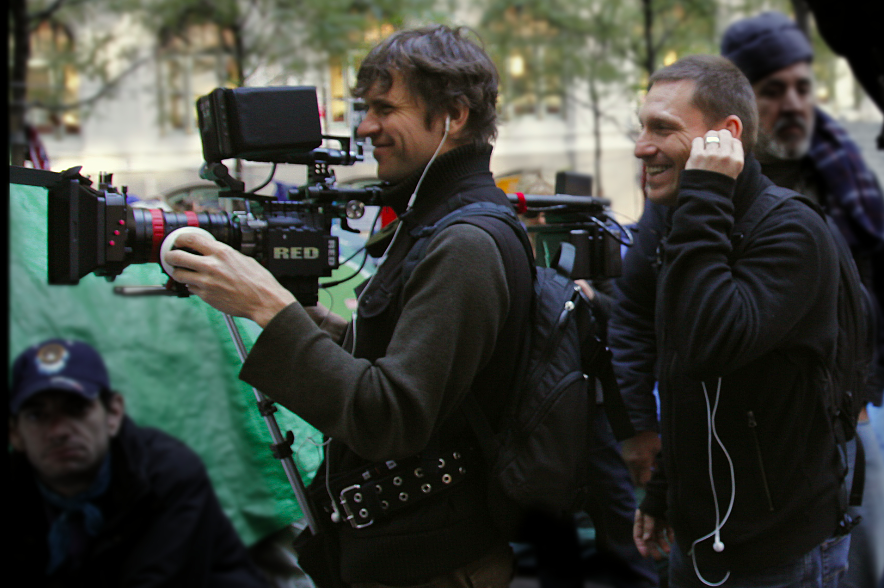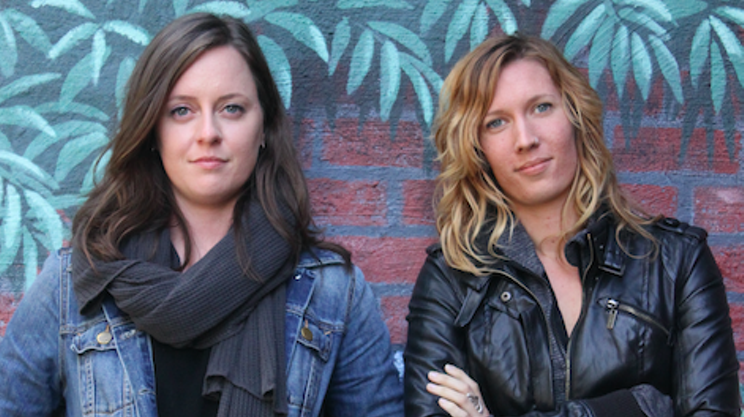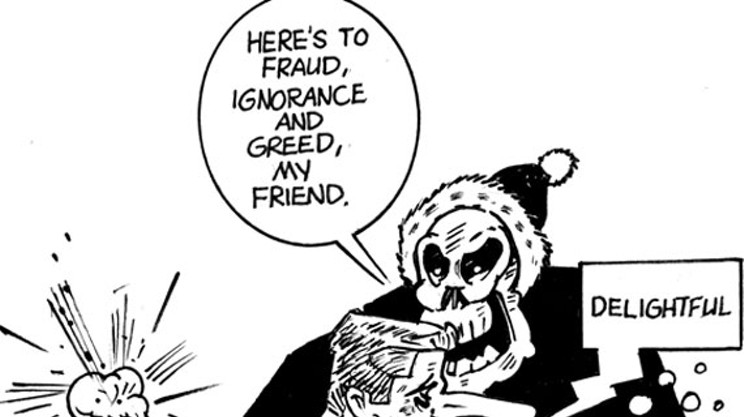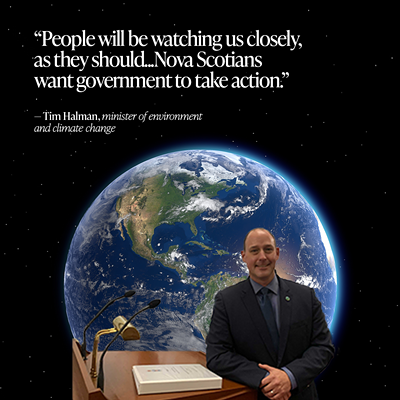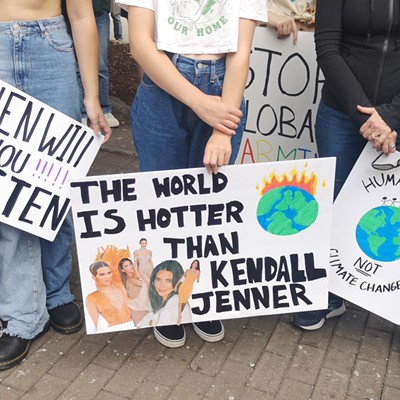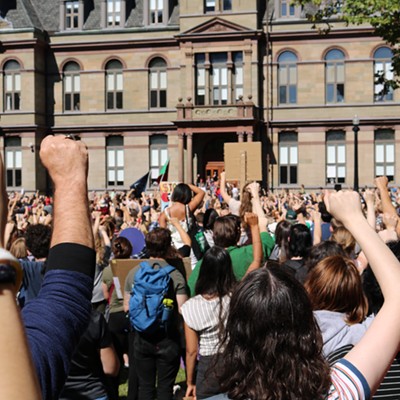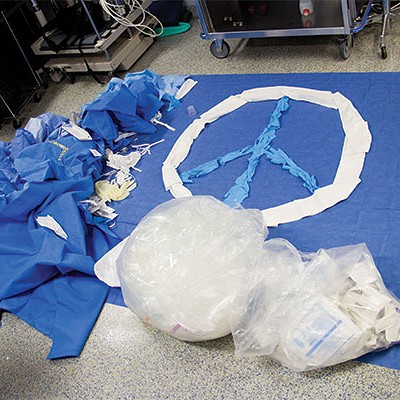Avi Lewis was filming This Changes Everything in nine different counties as his partner Naomi Klein wrote the book of the same name. The duo’s third film collaboration argues that climate change is fundamentally an existential crisis that can be seized upon to create a more just and sustainable economic system. Lewis spoke with The Coast about the film and the rewards of communities who band together for change.
In her narration for the film, Naomi Klein uses the phrase “change or be changed.” What does this mean to you?
Everything is going to change one way or another. If we don’t get off the path we’re on, our physical world is going to change radically. There’s only one way to get off that road, and those changes are radical too. They address the very logic of our economic system. There are no non-radical options left on the table.
Is this film an effort to show what radical change looks like on the ground?
That’s precisely right. The most radical of changes is when we stop seeing ourselves as individual, isolated consumers and start seeing ourselves as part of communities creating genuine alternatives that are better and more rewarding; healthier and saner.
In Greece, this community came together to fight a Canadian gold mine that would absolutely devastate the entire watershed in this beautiful biodiverse region. One of the women in the struggle said, “Until the mine came we basically worried about whether or not we had the right plasma screen. Now all we ever want to do is get together in the square and catch up on the latest news, see our neighbours and families and plan the next stage of the struggle.” They had found much richer rewards in this hard life-and-death struggle than they had in their previous lives.
And the fact that they’re doing it as a community?
One of the most important moments of the film is in Crystal Lameman’s kitchen in the early part about the tar sands. Her aunt said, “What can one person do?” This is almost always the first question in Q&As after screenings. The answer is there’s been way too much emphasis on responding to this crisis as consumers, as individuals. Change your light-bulb; drive a hybrid. None of them will add up to the kind of dramatic and immediate systemic shift we need. This is the definition of a collective crisis and we have to respond collectively. The most important thing an individual can do is get in a room with more people.
You dealt a bit with the recent Elsipogtog anti-fracking protests in New Brunswick. Can you talk a bit about that?
Those images came from activist-filmmakers on the ground. We’re seeing in them an extraordinary new wave of direct action across the continent which is led by First Nations people, particularly First Nations women, demonstrating extraordinary courage and resilience. We’re increasingly seeing non-native, settler society realizing that First Nations land rights could be our last best chance to defend all of our land, air and water.
I remember Burnt Church and the way communities were played against each other. Two decades later, all kinds of non-native people are rushing to show solidarity with First Nations leaders. Naomi and I draw huge inspiration from struggles like Elsipogtog, and see First Nations leadership as a real gift.
Interview conducted and edited by Chris Benjamin

